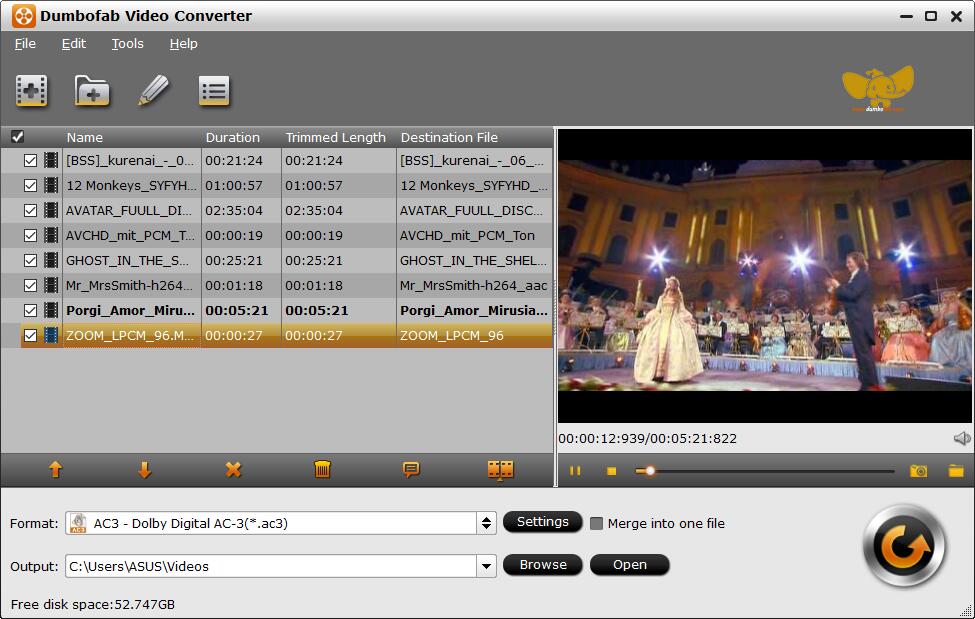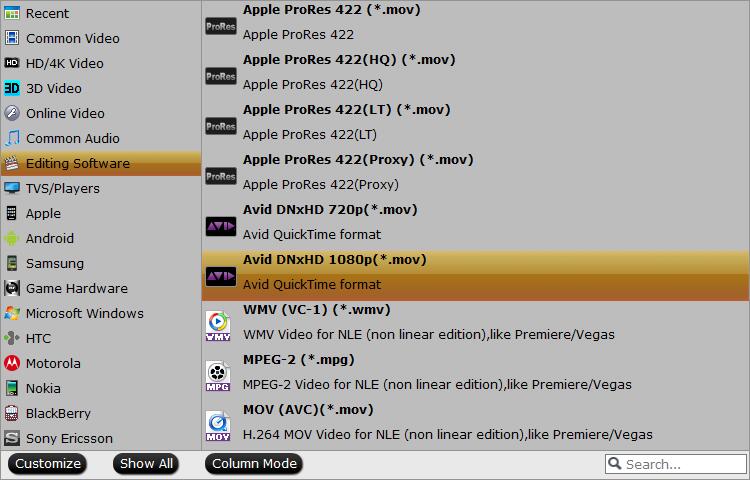
I flew my MP2 in D-Log .H265, MP4, just a few small files of a minutes flight. Copied files to my reasonably powerful windows 10 i7, 64 gig, 2 TB SSD machine. PC didnt recognise or play files, and likely no codec for H265, but not a problem so will grab that later. The real unexpected dissapoint was I can’t do anything with H265 in Davinci Resolve. Hoping someone here may point me in the right direction. The file icons are red when imported, with the words Media Offline.
Have issues when importing H.265/HEVC to Davinci Resolve? In this article, I will tell you about the “Media Offline” problem and its solution that I experienced in Davinci Resolve HEVC (H265) videos.
In fact, the problem is not the brands GoPro, DJI, but the video codec that is used to take up less space when recording at high resolutions such as 4K. HEVC (also known as H265), which you noticed in the title of the topic, is the source of the problem. Let’s get to the solution to the problem. Videos encoded with the HEVC video codec either need to be re-encoded in the code system our computer can read, or your computer must gain the ability to read this code.
Method 1. Change HEVC video codec with Handbrake
Here I recommend HandBrake first. I use the H.265 (HEVC) video codec by converting it to H.264 when my computer hardware is not enough, or when I do not have access to the home system. Because Davinci Resolve works best with H.264 in my opinion.

Method 2. Transcode H.265 to DNxHD or ProRes for Davinci Resolve
Considering the ease of use and pretty good output quality, we would recommend DumboFab Video Converter. With it, users can effortlessly transcode H.265/HEVC files to DNxHD or ProRes, a more editing-friendly format for DaVinci Resolve. What’s more, it can generates more optimal editing formats/codecs for you to use in different NLE apps, such as Adobe After Effects, Adobe Premiere Pro, iMoive, Avid Media Composer, Final Cut Pro and more. Just take a look at the brief guide below.
Encode H.265/HEVC video to DaVinci Resolve
Step 1: Import H.265 source files
Launch the best H.265 converter. On the program’s main interface menu bar, hit “File” > “Add Video/Audio” or “Add from folder” to add source H.265/HEVC files to the program.

Step 2: Select output file format.
Hit Format bar to select output format. You can choose Avid Media Composer > Avid DNxHD(*.mov) as output format. It is an ideal editing format for Resolve. Of course, you can also click “Final Cut Pro -> Apple ProRes 422 (*.mov)” as the target format.

Tip: You can click “Settings” button to adjust the resolution, bitrate, etc. Just customize the parameters to meet your need.
Step 3: Start HEVC video to DNxHD Conversion.
When ready, click ‘Convert’ to start format conversion. As soon as the conversion is complete, you can click ‘Open” button to get the exported DNxHD.mov files for use in DaVinci Resolve with smooth workflow.